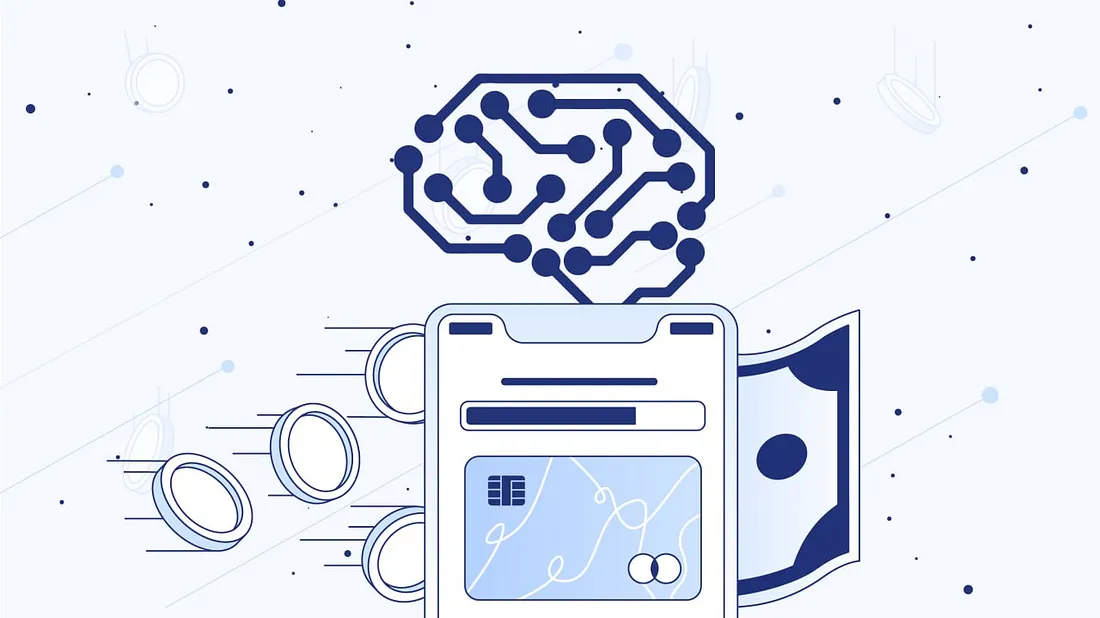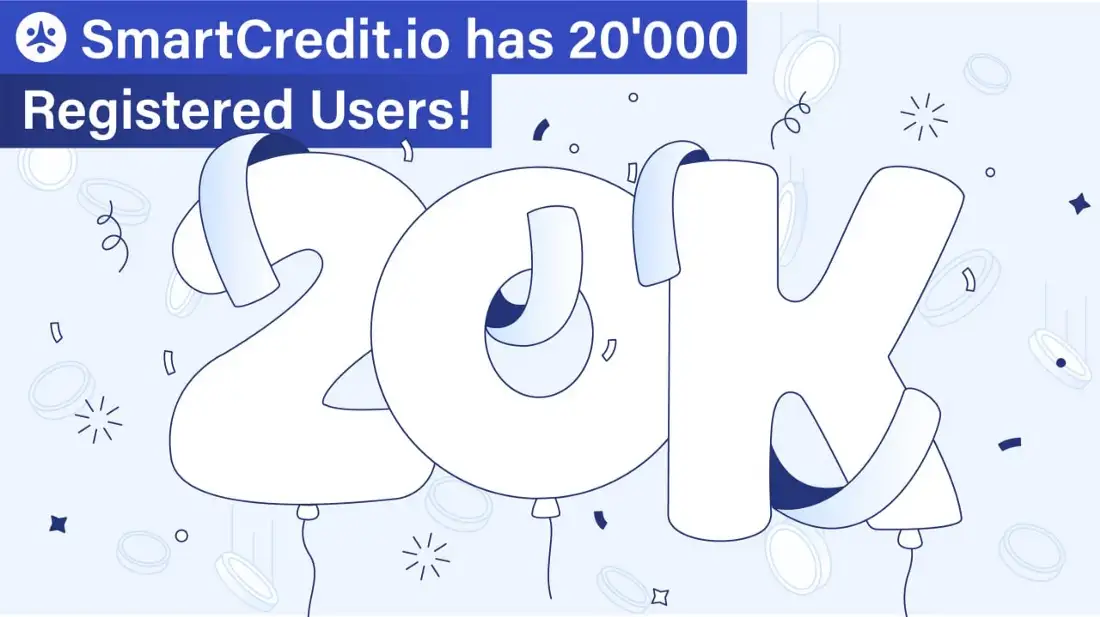Platform TVL
$1,118,735
$6,629,563
Total Borrowed
$173,704
Total Interest Paid
$304,003
Borrower Volume
$922,943
Lender Volume
$499,796
Collateral Locked
Last Week Rewards
4,401 SMARTCREDIT
2,853
Borrower Rewards
1,548
Lender Rewards
2,316
Staking Rewards
Assets
| Asset | Borrower Volume | Lender Volume | Borrower Rewards | Lender Rewards | Actions |
|---|---|---|---|---|---|
SMARTCREDIT SmartCredit | $0 Min. Interest: 2.26% | $0 Max APY: 50.95% | 10.92% | 8.74% | Borrow Lend |
ETH Ethereum | $216,337 Min. Interest: 1.51% | $414,868 Max APY: 0.23% | 10.92% | 3.05% | Borrow Lend |
USDC USDC Coin | $87,668 Min. Interest: 1.61% | $160,110 Max APY: 6.49% | 10.92% | 3.05% | Borrow Lend |
USDT USD Tether | $0 Min. Interest: 1.61% | $12,084 Max APY: 6.47% | 10.92% | 3.05% | Borrow Lend |
DAI Stable Coin DAI | $0 Min. Interest: 1.6% | $0 Max APY: 6.42% | 10.92% | 3.05% | Borrow Lend |
Collaterals
| Collaterals | Collateral Locked | Min. Collateral Ratio | Actions |
|---|---|---|---|
Staked Ether STETH | $252,951 | 107.56% | Use as Collateral |
Ethereum ETH | $246,615 | 108.39% | Use as Collateral |
USDC Coin USDC | $137 | 107.65% | Use as Collateral |
USD Tether USDT | $93 | 108.39% | Use as Collateral |
Articles & Announcements
SmartCredit.io BlogWhat is SmartCredit.io?
SmartCredit.io is the fastest way to get involved with decentralized finance. From the application home screen, six clicks are all it takes to start earning interest or create a loan request.
SmartCredit.io's decentralized peer-to-peer global lending marketplace connects lenders and borrowers without intermediaries. Lenders offer their funds, and borrowers borrow the funds on the global marketplace. You can borrow or lend.
You can use SmartCredit.io on desktop, tablet, and mobile by connecting your wallet to the application through WalletConnect.



